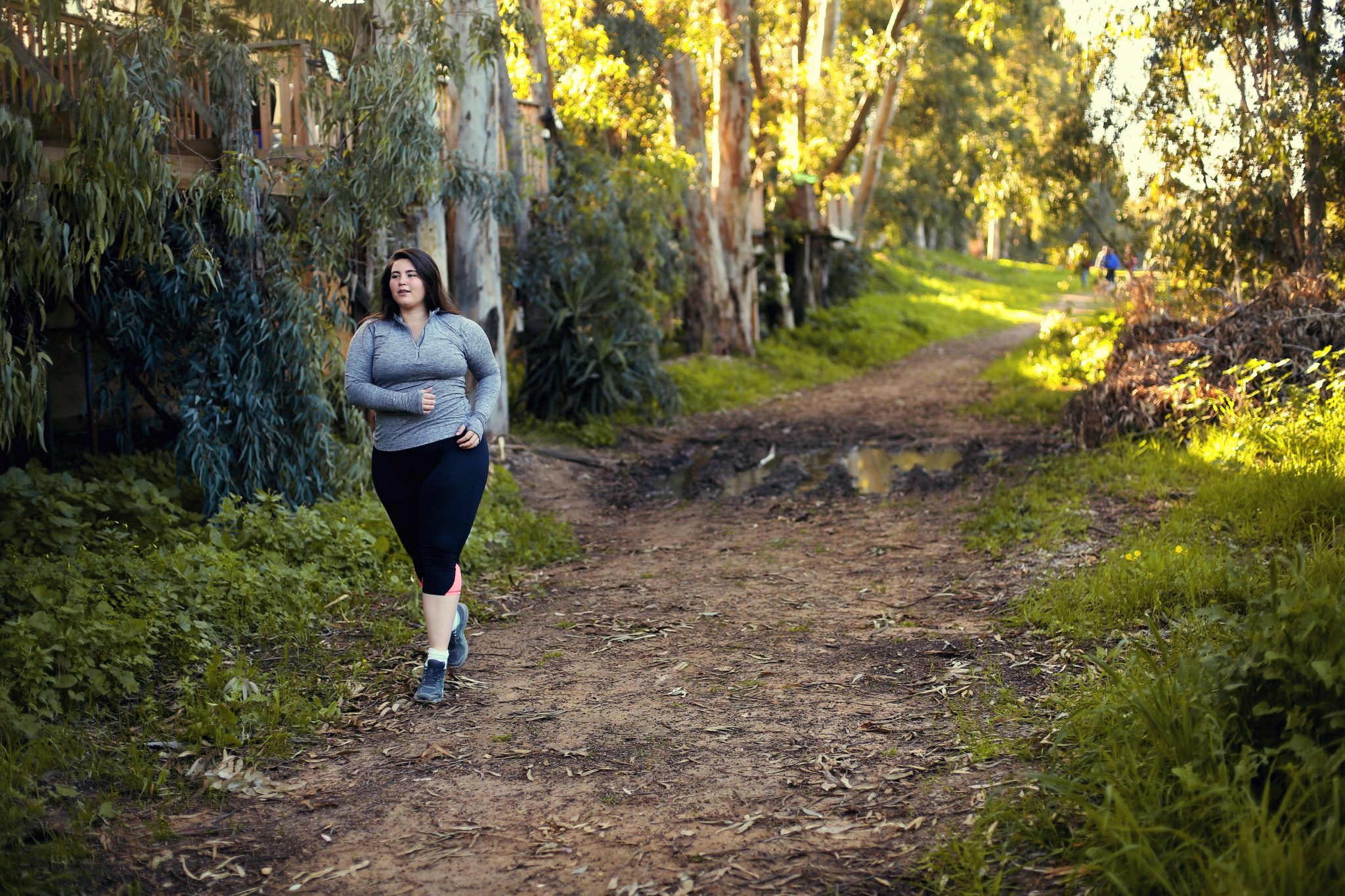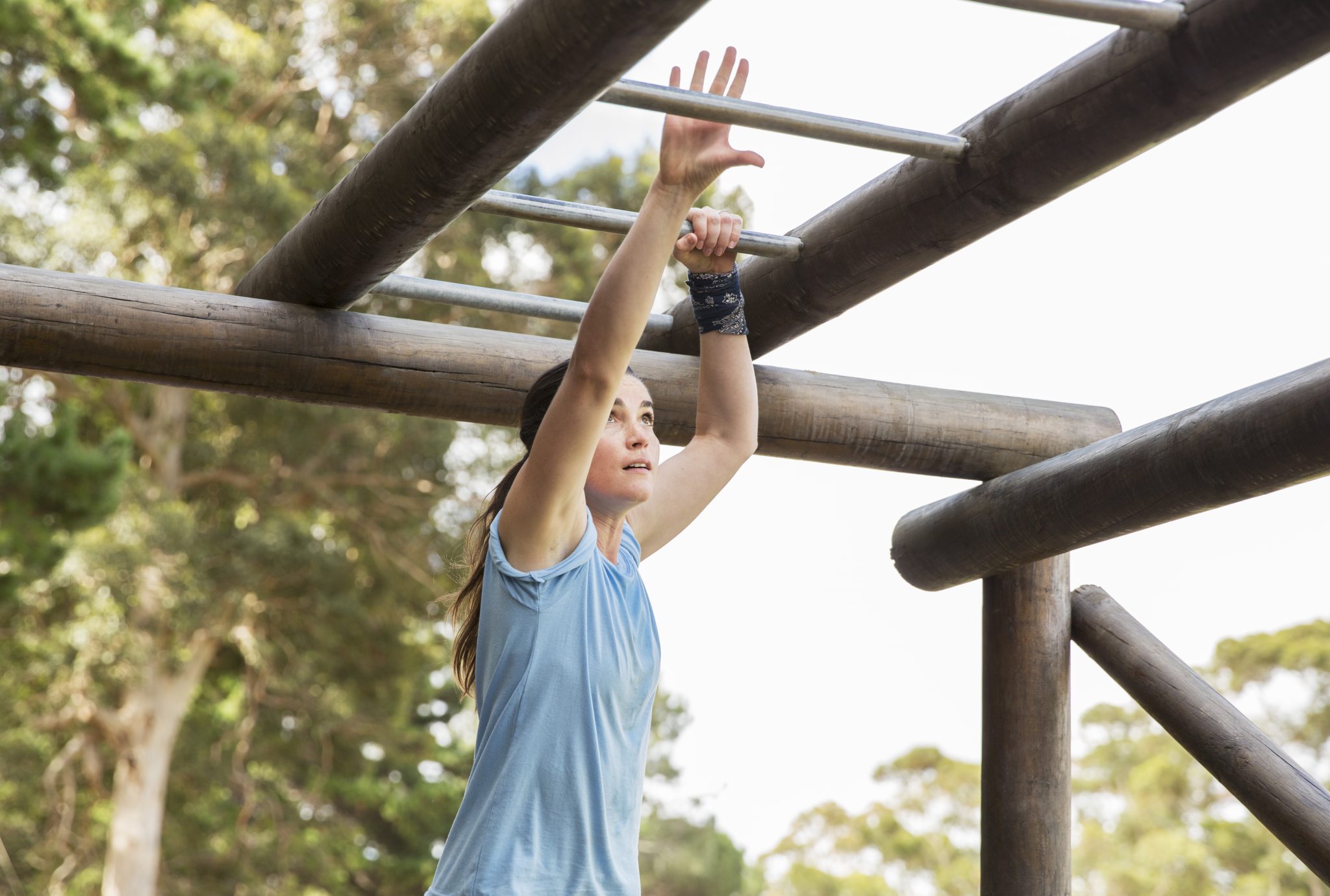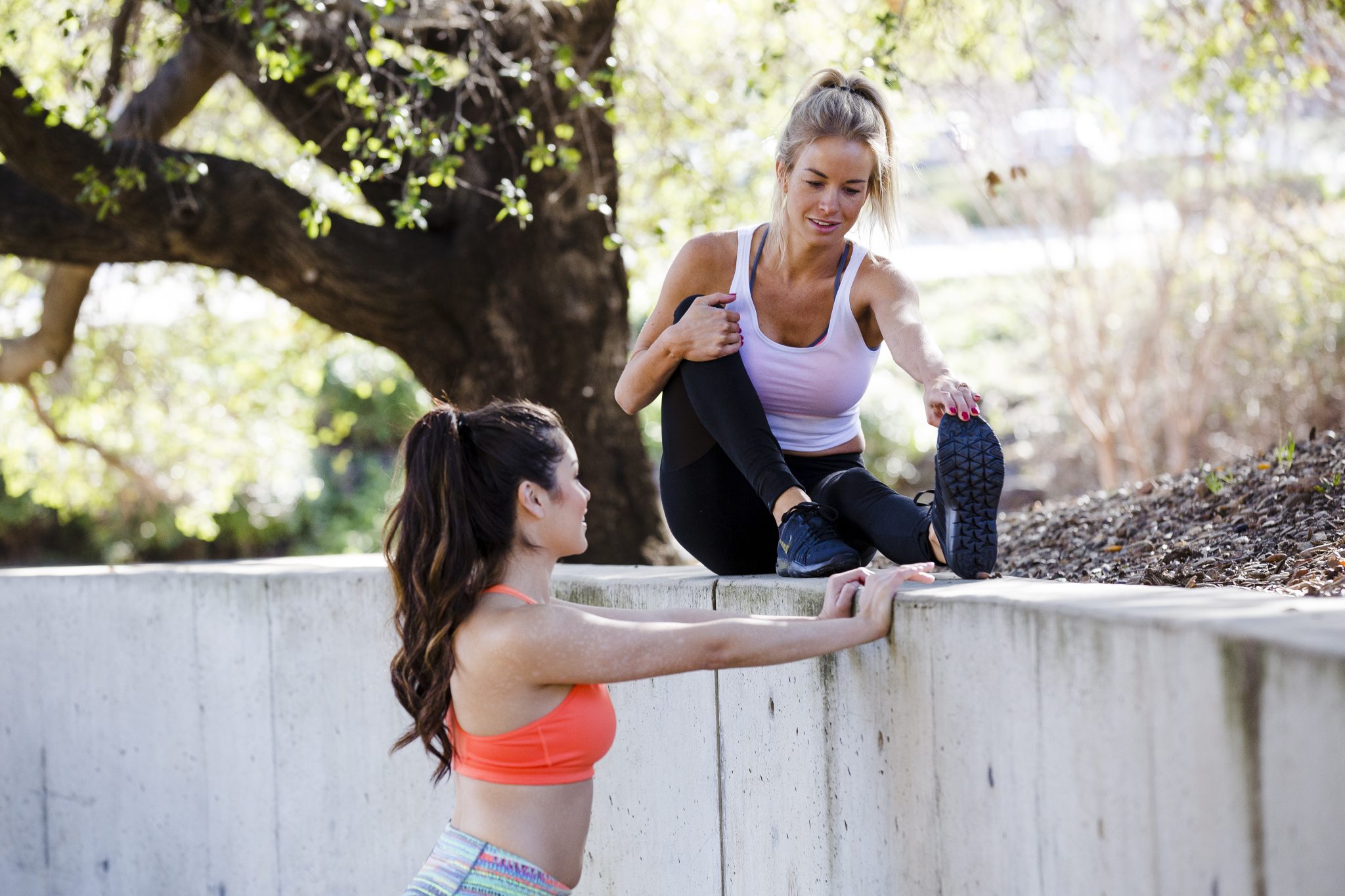All the benefits of outdoor winter exercise you didn't know about
When the weather takes a turn for the worse, exercising in the cold might be the last thing you fancy doing. But, as writer Chantelle Pattemore explains, there are a whole host of benefits that just might convince you to venture out.
Often, as the weather changes, it can be all too easy to lose our motivation to exercise. Particularly as the weather is now bordering on the wintry, the idea of heading out into colder, darker, rainier days for an outdoor gym session or a bit of cardio might fill you with abject horror. But, as it turns out, by avoiding doing exercise outdoors during the colder months, we are missing out on a whole heap of physical and mental health benefits.
We asked around and did some research, and found that there are a great many reasons to keep ourselves moving in the winter. As fitness trainer Julia Buckley explains, training in colder weather has its pros and cons, but if you make the decision to see it in a more positive light – “as your ‘me-time’, an opportunity to escape everyday stresses, or a victory over the elements – you’ll find you enjoy it a hell of a lot more.”
To help boost motivation levels further, she advises her clients to appreciate the great feelings you experience at the end of a workout session, and draw on these when you’re next struggling to get moving. Plus, she points out, “Why would you only want to enjoy all the amazing health and fitness benefits of exercise in the summer?”
Let’s go outside
During winter’s dark days, it’s easy to feel despondent; and feelings of low mood, irritability and fatigue are more prevalent. However, studies reveal that exercising outside can heighten self-esteem, improve mood and lower stress levels. In fact, research conducted in Finland found that training outdoors has a positive impact on our sleep quality, physiological health and mental wellbeing – with the latter observing the greatest effects.
In the summer, our bodies rely on the sunshine for a hearty dose of vitamin D – which is important in helping keep our muscles, bones and teeth healthy. In the winter, meanwhile, the sun’s rays don’t provide enough UVB radiation for our skin to create vitamin D from – but getting out into the fresh air and natural light is still advantageous to our mental health. “We need exposure to sunlight to help regulate our circadian rhythms and keep ourselves mentally healthy,” explains Julia.
Indeed, venturing into the great outdoors is particularly important at a time of year when we spend more time huddled down in dark rooms. A lack of exposure to natural sunlight causes confusion to reign in our bodies and knock our internal clock off-kilter – which, in turn, can disturb eating and sleep patterns, negatively impact mood and heighten feelings of tiredness. In fact, the scientific phase shift hypothesis asserts that seasonal affective disorder (SAD) is linked to disruption of the natural sleep/wake cycle during the winter months.
But the benefits aren’t limited to our mental health. When you also consider that engaging in regular exercise during winter is proven to improve immunity when it comes to fending off seasonal ills – with an added boost if you do so outside and amongst trees – then the case for braving the chill looks undeniable.

Get a move on
Fortunately, many popular activities can be enjoyed year-round. You can run, walk or cycle from your front door and, for a hearty dose of invigoration, there’s swimming outside in a lido or more wild locations. Don’t forget that many local parks now have outdoor gym equipment, too.
As awareness increases around the benefits of weight training, there’s a good chance you’ve been incorporating strength exercises into your regime. The good news? You can still devise a great strength-based workout outdoors by utilising an incredibly effective – and free – tool.
“Using just your body, exercises like squats, lunges, burpees, planks, pull-ups and press-ups are great for outdoor training,” reveals Julia. “Make use of benches, walls, tree branches or whatever is around as equipment.”
And, if you’ve been looking for an opportunity to unleash your inner child, now’s the time: “Children’s parks with monkey bars can be really fun and are often deserted on cold winter days.”

Be prepared
Once you’ve psyched yourself up for a chilly workout, ensuring you’re ready for the outdoor conditions is equally as important as the exercise itself.
Wear the right clothes.
Understandably, changeable winter conditions require a bit more thought when it comes to your training kit. “I avoid cotton clothing in the wet, as it can become heavy and clingy,” Julia says. “Most technical fabrics perform well and soon dry out once the rain stops.”
Other weather-appropriate gear she recommends includes full length tights, gloves, a good wind jacket and buff-style headgear. And, if you’re going out in low light, ensure you’re wearing hi-vis clothing and consider a head torch.
Layering up is a good idea, too. “You don’t want to spend the first part of your workout shivering, and it’s good to be able to shed some items to help regulate your body temperature when you start to warm up,” Julia says.

Don’t jump straight in.
We’re told to warm up before exercising but doing so is even more important in winter. This is because the cold weather causes our muscles to become tighter – meaning they’re more susceptible to injury; but doing some stretches and light cardio for 10 minutes before you begin will help loosen them up and prevent damage.
Be weather-aware.
“If we tell ourselves we’ll only exercise on sunny days, we’re going to have a hard time keeping fit!”, Julia notes, but it’s a no-brainer to adapt your workout according to the weather.
“For example, I’d avoid running if it’s icy,” she says. “And when conditions are awful, like in a heavy storm, it’s not worth taking any risks.”
Instead, do your workout indoors that day – you’ll be surprised just how much you can still achieve with no equipment, in the smallest of spaces. From lunges and press-ups to star jumps and on-the-spot sprints, you’ll work up a decent sweat in no time.
When it comes down to it, “there’s always something you can do,” says Julia. “And remember: you’re only a workout away from feeling warm and energized!”
Want more at-home workouts? Follow @StrongWomenUK on Instagram for the latest workouts, delicious recipes and motivation from your favourite fitness experts.
Images: Getty
Source: Read Full Article


